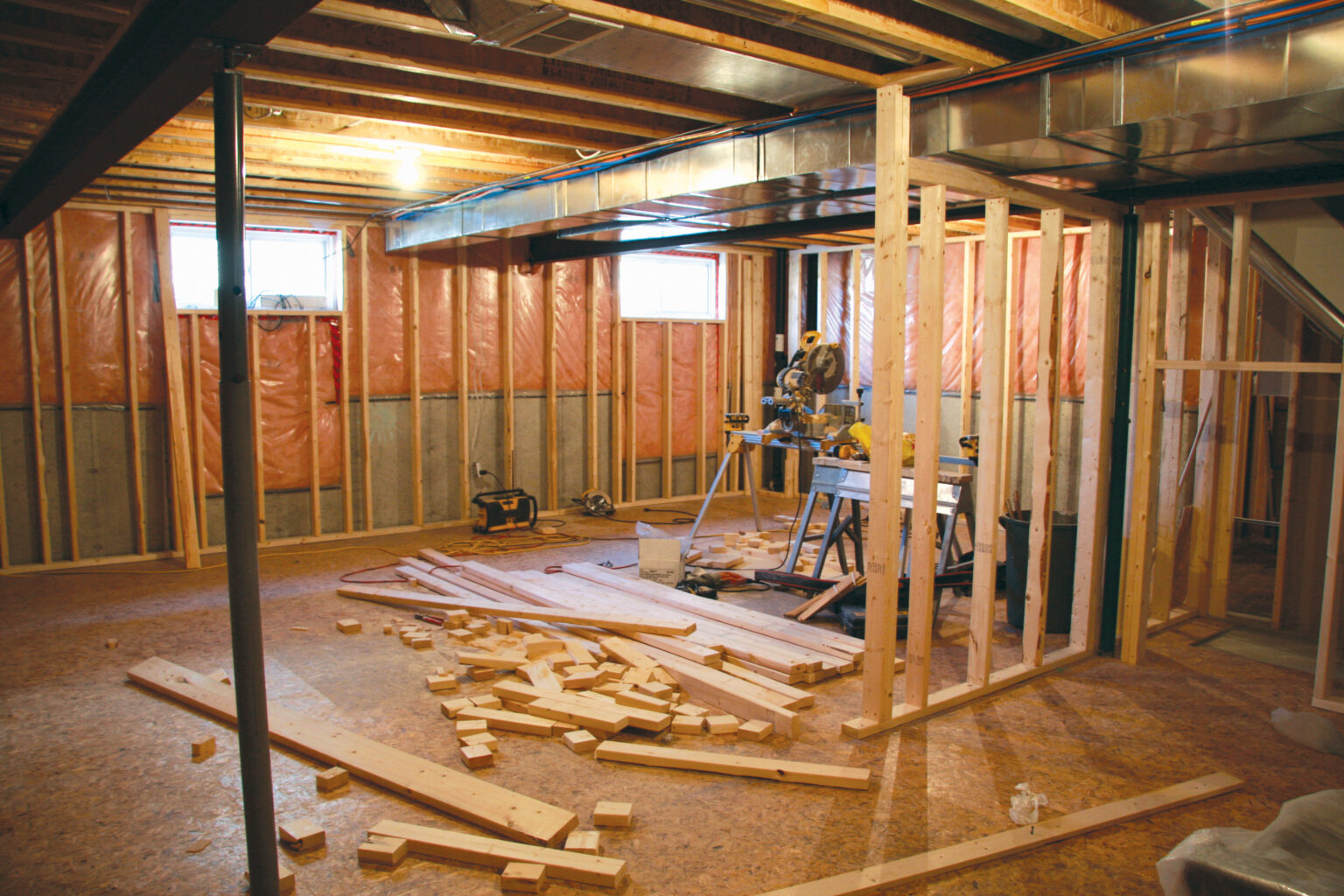

Also, you’ll want a close and easily accessible location. Root cellars can not be build in places with a high water table or a septic system nearby.
CELLAR HOUSE PLUS
While root vegetables aren’t expensive to buy, the quality of a homegrown potato or beet is far superior, plus grocery stores do not always carry vegetables year-round (or you’re buying a vegetable that’s not in season and not very tasty!). Having a root cellar is like having a six-month supply of quality vegetables on hand.Īlso, there’s a certain peace of mind of having enough food security without being at the mercy of grocery stores and potential interruptions in the supply chain.įinally, there’s the bonus of not having to pay as high an electric bill to refrigerate or cool the produce, since the ground temperature will naturally do this for you. The environment is ideal for storing jars of canned or pickled vegetables and the bulbs or rhizomes of perennial flowers as well. A secondary use for the root cellar is as a place to store wine, beer, or other homemade alcoholic beverages. Root vegetables such as carrots, potatoes, beets, parsnips, rutabagas, and turnips are typically stored in a root cellar. Whether you stock a root cellar with your own homegrown produce or the bounty from local farmers’ market, it’s a time-tested storage method. Technically, a root cellar is any storage location that uses the natural cooling, insulating, and humidifying properties of the earth.

Today, root cellars have made a comeback to keep food from freezing during the winter and keep food cool during the summer to prevent spoilage. Before refrigeration, an underground root cellar was an essential way to store carrots, turnips, beets, parsnips, potatoes, and other root vegetables.


 0 kommentar(er)
0 kommentar(er)
